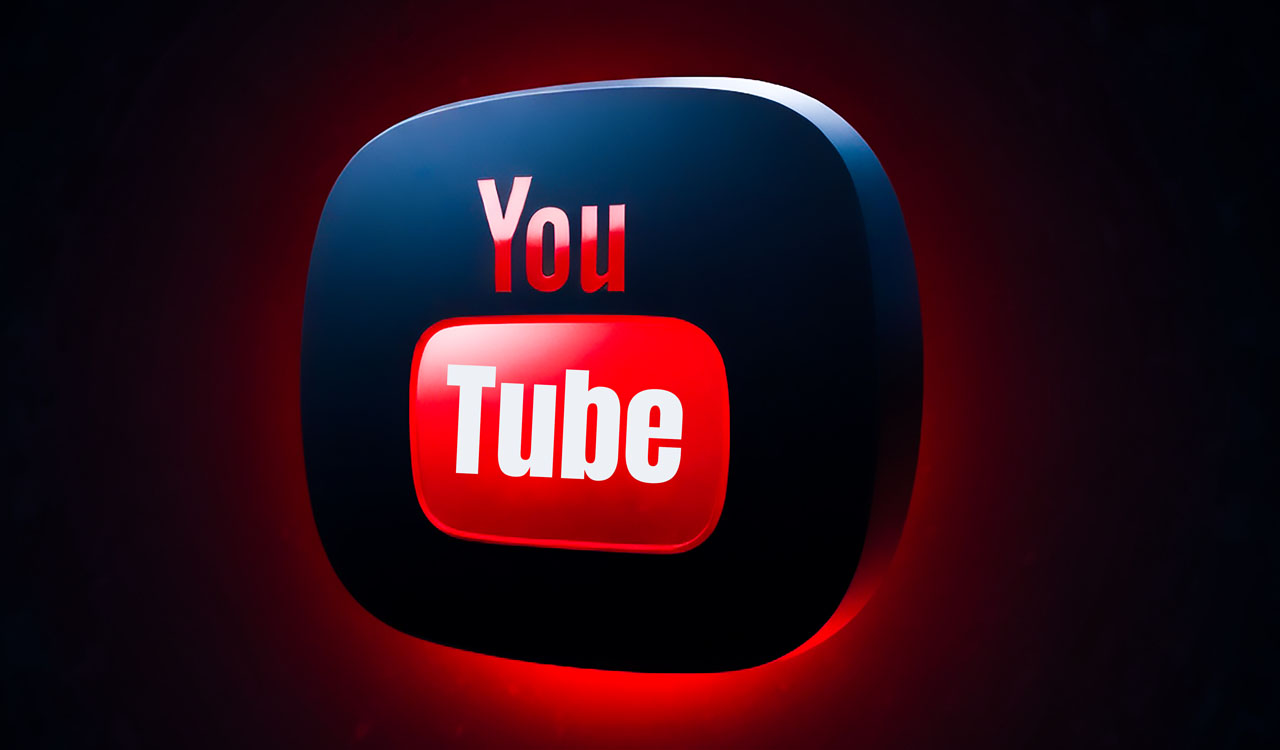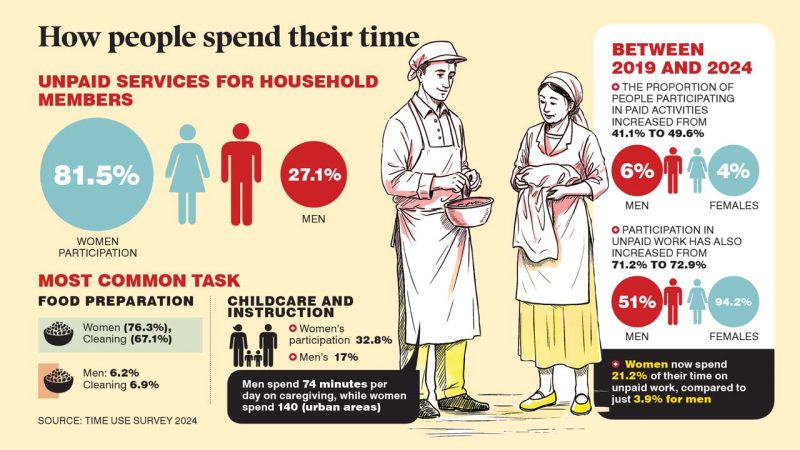Editorial: YouTube turns 20

Twenty years later, YouTube, with over 20 billion videos and more than a billion monthly active users, is an integral part of our lives
Published Date – 25 April 2025, 06:30 PM

An unremarkable grainy video — just 19 seconds long — showing a young man standing in front of an elephant enclosure at a zoo in San Diego was uploaded on April 23, 2005. No one would have imagined that this banal footage would trigger a video revolution globally and completely transform the way we consume content online. Twenty years later, YouTube, with over 20 billion videos and more than a billion monthly active users, is an integral part of our lives. From those modest beginnings, the site opened the gates for users worldwide to post funny, viral videos that could take the internet by storm, racking up millions of views and earning some millions of dollars. A whole generation of digital natives has grown up with the video-sharing website. YouTube is now a cornerstone of the media ecosystem. It is the go-to platform for every conceivable activity, ranging from cat videos, music videos, gadget reviews and food blogging. It is as much an endearing platform for rising stars as it is for conspiracy theorists. It has disrupted the traditional television medium in ways that were unimaginable two decades ago. YouTube has spawned a world of video creators who make content catering to every imaginable niche interest. For every YouTube video you have watched, there are hundreds of millions you will never get to see in your lifetime. Popular music artistes such as Justin Beiber rose to fame on YouTube and social media stars including ‘Mr Beast’ turned their large followings into powerful entertainment companies.
The joy of early YouTube was that it offered a window into the lives of others; their triumphs and trials, their homages and reviews. Google-owned YouTube’s revenue last year was estimated to be $54.2 billion, which would make it the second-largest media company behind Walt Disney. The founders of YouTube envisioned it as a dating site. When that didn’t work, they decided to open up the platform for all sorts of videos. Users drove traffic to YouTube by sharing videos on MySpace. In 2007, YouTube launched a partnership programme, providing a way for creators to make money through ads. This financially motivated creators to keep posting, which brought more eyeballs and advertisers to YouTube. It now accounts for 12% of American Television viewing, more than other rival streaming platforms including Netflix, according to market trends. More than 20 billion videos have been uploaded to YouTube and, on average, over 20 million videos are uploaded daily. More people are watching YouTube on TV sets rather than on smartphones and computer screens, consuming more than 1 billion hours on average of YouTube content on TV daily, the company says on its website. Its unmatched reach, strong brand and omnipresent distribution channels mean that it can connect creators, advertisers, and viewers like no other platform can.






